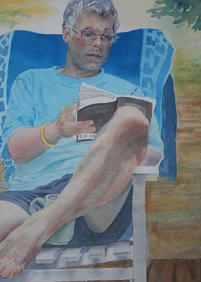 "Summer: Day One" wc 16x24
"Summer: Day One" wc 16x24 For example, what greater luxury is there than a well-stocked public library? I briefly lived in a small community which lacked any library at all. While many brag about fleeing the metropolis, I found happiness by moving to one. The movers had barely backed down the driveway when I went in search of the closest branch. Nirvana. Staggering out of a big public library with armfuls of books and magazines has always made me feel as rich as Croesus.
Ian Brown hit the nail on the head recently. He took a lap year at sixty to observe his older self and discovered something interesting:
(R)eading has become the single most important activity in my life. I always read a lot, but it’s crystal meth to me now. I turn down dinner parties to read. I can’t wait to get back to the book I’m reading; I wish I didn’t have to sleep. I tend to read classics, because I don’t want to waste the shrinking reading time I have left.
The problem with reading Moby Dick is that once I fall down into it again, I don’t want to come out. I have chores to complete, people to meet, deadlines to climb and I just keep reading, regardless – because the day will come when I will no longer be able to read like this, to suck in the light of the world that runs through words and books and writing, fiction and non-fiction alike. I don’t think I am exaggerating in describing it that.
(...)
Perhaps you can understand why I wanted to keep reading (Moby Dick). It suspends your expectations, which is what you most want to happen after you turn 60, which is why reading feels so priceless now. It’s the internal freedom good writing offers that I value, the chance not to have an opinion or a set of convictions or even an expectation of where the story will go: a good book is a decoupling zone, where you leave what you believed behind....
I too read incessantly, happily, and widely. Just not indiscriminately for, like Brown, I am chased by time's winged chariot. I guess everybody is. So my meth dealer is the New York Times Book Supplement, which I inhale on Sunday morning because it reliably points me to the best of the best. Sunday also hosts the arrival of my second dealer: I have become addicted to the website "BrainPickings," , the work of the brilliant Maria Popova, (thanks, Toby, for sending me the link). I spend Sundays in the presence of great minds, semi-delirious with the pleasure of their company.
Lest you think that Jon is the sober one in the family, I have to tell you that his addiction is no better. When he's not combing the internet to teach himself to make giglee prints or to rebuild one of our four (four!) canoes, his crystal meth takes the form of listening to books on physics. Occasionally he mutters the names of sub-atomic particles in his sleep.
I can think of worse things.
Travelling the universe in first-class seats. Now THAT's what we call luxury.
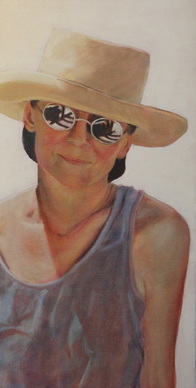
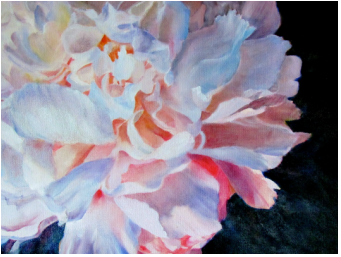
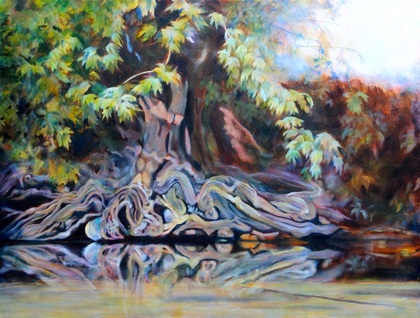
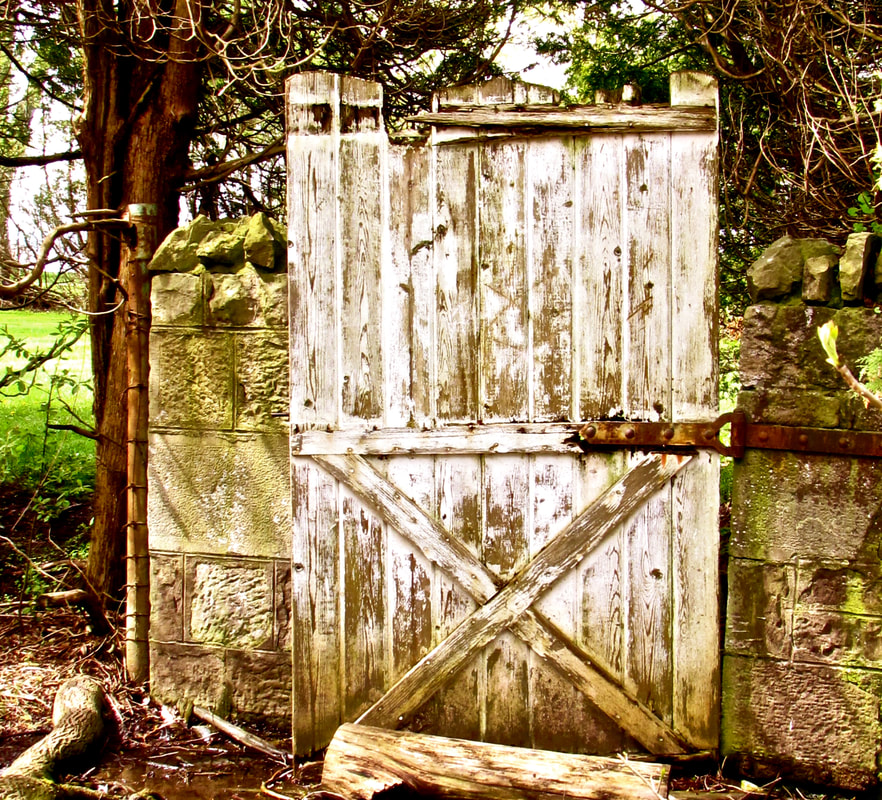
 RSS Feed
RSS Feed
